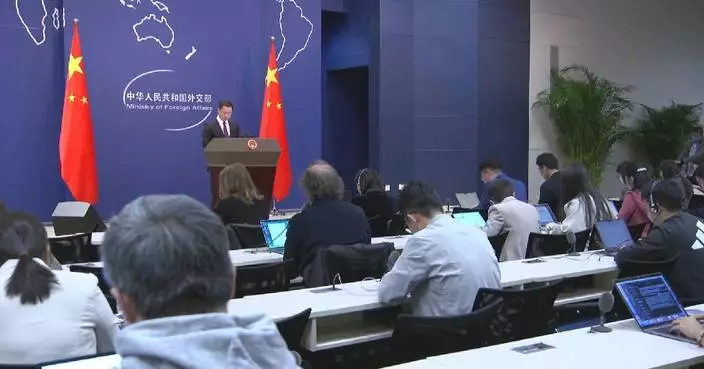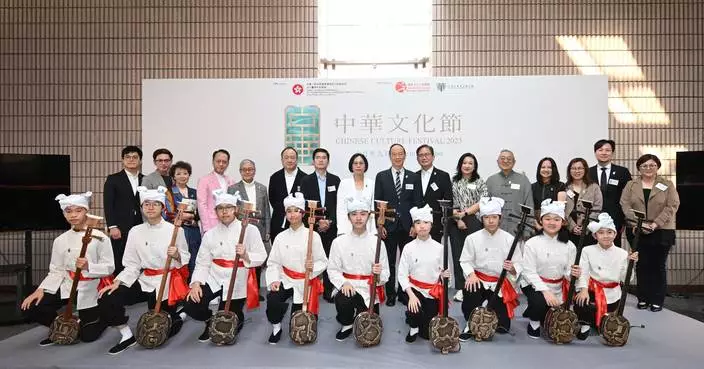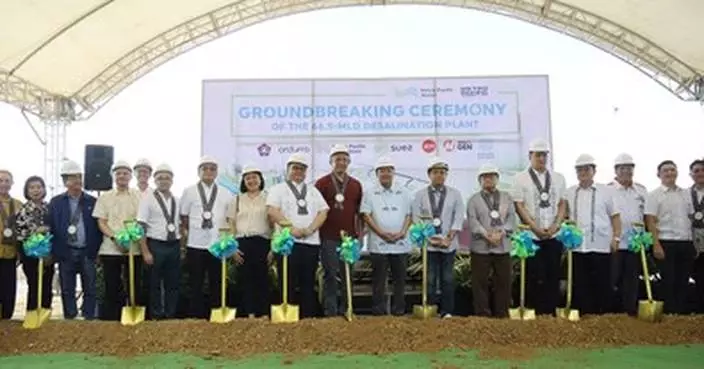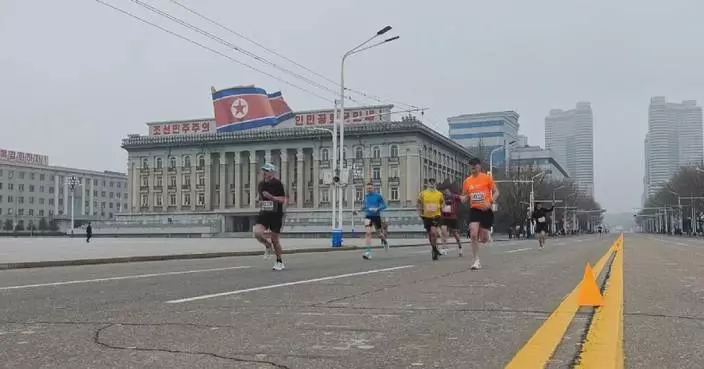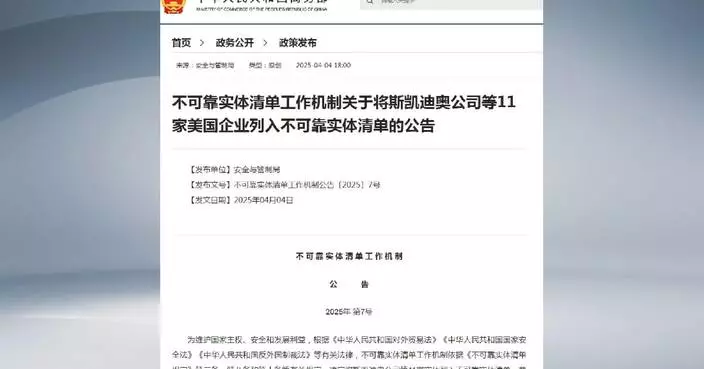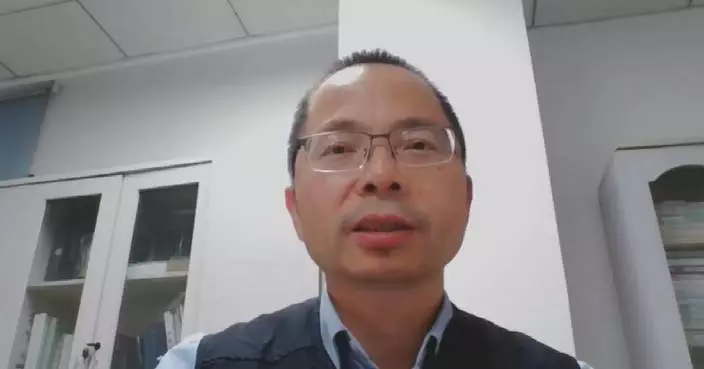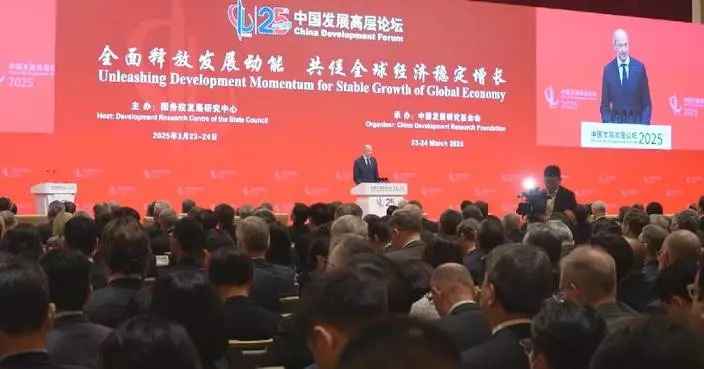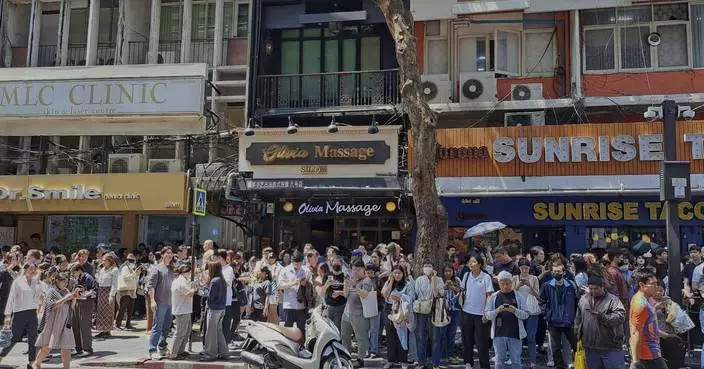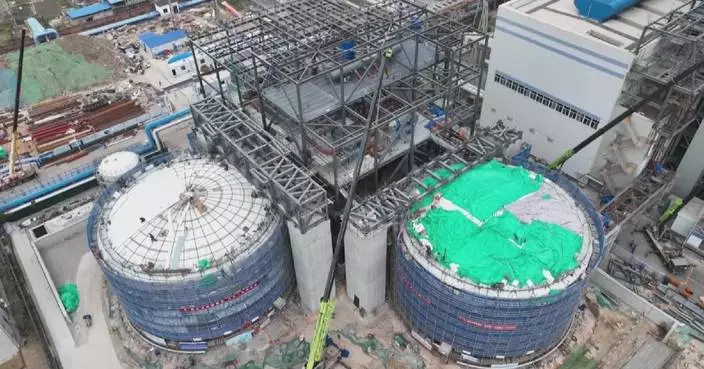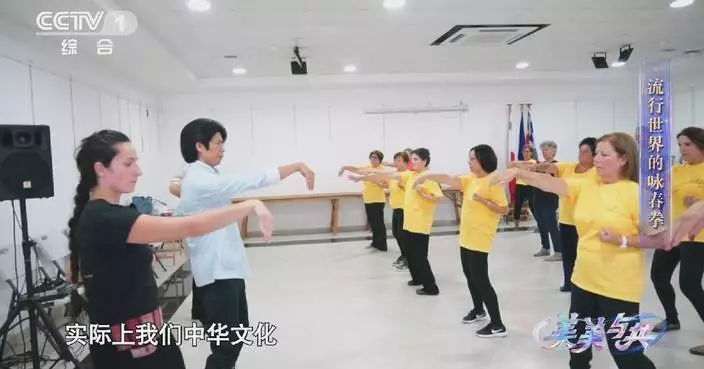China is committed to deepening reform to advance integrated development between urban and rural areas, which is an inevitable requirement in pursuing the Chinese modernization.
An important resolution on further deepening reform comprehensively to advance Chinese modernization was adopted earlier this month at the third plenary session of the 20th Communist Party of China (CPC) Central Committee. It has made systematic deployment for promoting integrated urban-rural development while defining key tasks of rural reform.
China is a populous country that is home to over 1.4 billion people, and some 500 million of them are living in rural areas. President Xi Jinping has stressed that no matter how far the country goes down the industrialization and urbanization path, it's an objective law that urban and rural areas will coexist for a long time.
The resolution stated that integrated urban and rural development constitutes the centerpiece of the Chinese modernization. Presently, China has reached a critical juncture of removing the urban-rural dual structure and it bears far-reaching significance to reshape the urban-rural relationship and uphold the integrated urban-rural development path.
"The resolution proposed to promote integrated urban-rural development, which means promoting new industrialization, new urbanization and all-round rural revitalization in a coordinated way. Efforts should be made to break the urban-rural dual structure, bridge the urban-rural gap and promote their common prosperity and development by comprehensively integrating urban and rural planning, construction and governance," said Tu Shengwei, researcher with the Academy of Macroeconomic Research under National Development and Reform Commission:
In pursuit of that goal, experts noted that it’s necessary to facilitate the flow of production factors between urban and rural area to make resource allocation as efficient and productive as possible, which also has great significance for the high-quality development of Chinese economy and fostering a new development pattern.
"Judging from practices, if the institutional barriers hindering the equal exchange and two-way flow between urban and rural area are effectively removed, more development factors and services will flow freely to rural areas, which will further boost the vitality of agricultural and rural development and inject fresh dynamism into the comprehensive revitalization of rural areas," said Tu.

China sees pressing need to reshape urban-rural relationship with vigorous integrated development: expert
The China Pavilion at the 2025 Osaka Expo, which will open to the public by next Sunday, welcomed media visits on Monday, sharing sneak peeks highlighting the integration of Chinese philosophy and modern technologies.
As one of the largest foreign self-built facilities at the Osaka Expo, the China Pavilion has adopted the theme "Building a Community of Life for Man and Nature – Future Society of Green Development."
The pavilion consists of three components themed "past, contemporary, and future" respectively, featuring an integration of traditional Chinese philosophic norms and the modern sustainable development principles.
The first section of "Tian Ren He Yi," or the "Harmony Between Mankind and Nature," features traditional Chinese culture and history. The exhibited installations include a digital "waterfall of characters" demonstrating the Chinese writing system's evolution, with the introduction of Jieqi, or 24 solar terms on China's traditional lunisolar calendar that demonstrates the understanding of ancient Chinese people to the nature.
The highlights of the section are exhibitions of ancient Chinese archeological sites, including Sanxingdui in southwest China's Sichuan Province, Liangzhu in east China's Zhejiang Province, and Yinxu in central China's Henan Province, dating back to three to five thousand years ago. Replicas of cultural relics from the three sites are presented in the pavilion, among them are the earliest water conservancy system from the Liangzhu archeological site, and the mysterious Bronze Divine Tree from Sanxingdui.
"This is a replica of the Bronze Divine Tree made in the Shang Dynasty (1600BC-1046BC). It is among the earliest and largest single-piece bronze artifacts discovered in the world so far. Other exhibits here include the bronze standing figure with an animal-shaped hat, and the bronze mask. With a touch on the screen, we can learn about details of the cultural relics by examining their 3D models in an immersive way. And we also provide trilingual introductions for visitors from around the world to know about the relics," said a docent of the China Pavilion.
The second section, named after China's contemporary green development principle of preserving "Lucid Waters and Lush Mountains," presents descriptions of China's natural and cultural landscapes, ecological systems, and achievements in urban management.
Exhibits in the second section include introductions of China's national parks, and the two mega-sized ecological projects, the Dujiangyan Water Conservancy Project, which was initially built over two thousand years ago and which has been maintained and upgraded since then, and the Three-North Shelterbelt Forest Program, one of world's largest afforestation projects.
In the third section of future developments, a model of China's Jiaolong submersible and exhibits of China's aerospace science projects share with the viewers China's spirit of exploration of the unknown.

China Pavilion of 2025 Osaka Expo opens to media for sneak peeks








